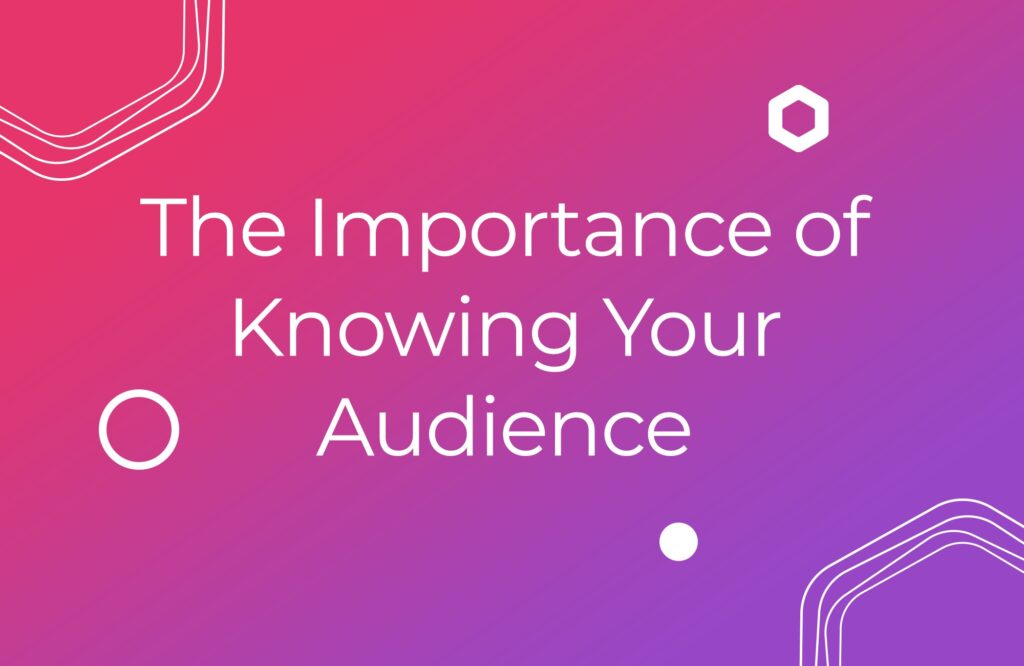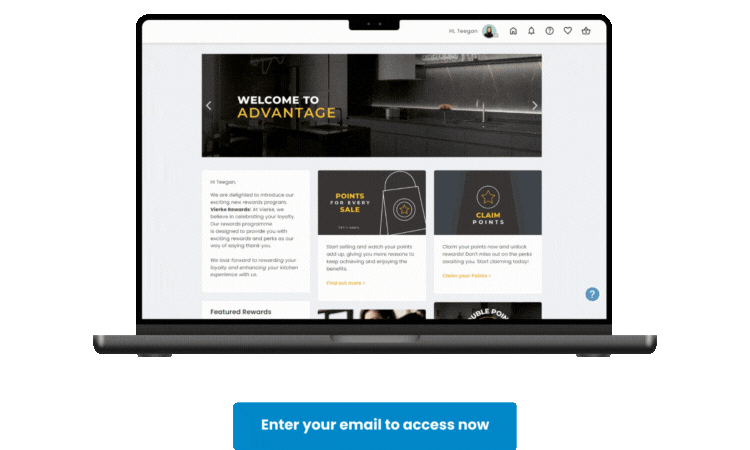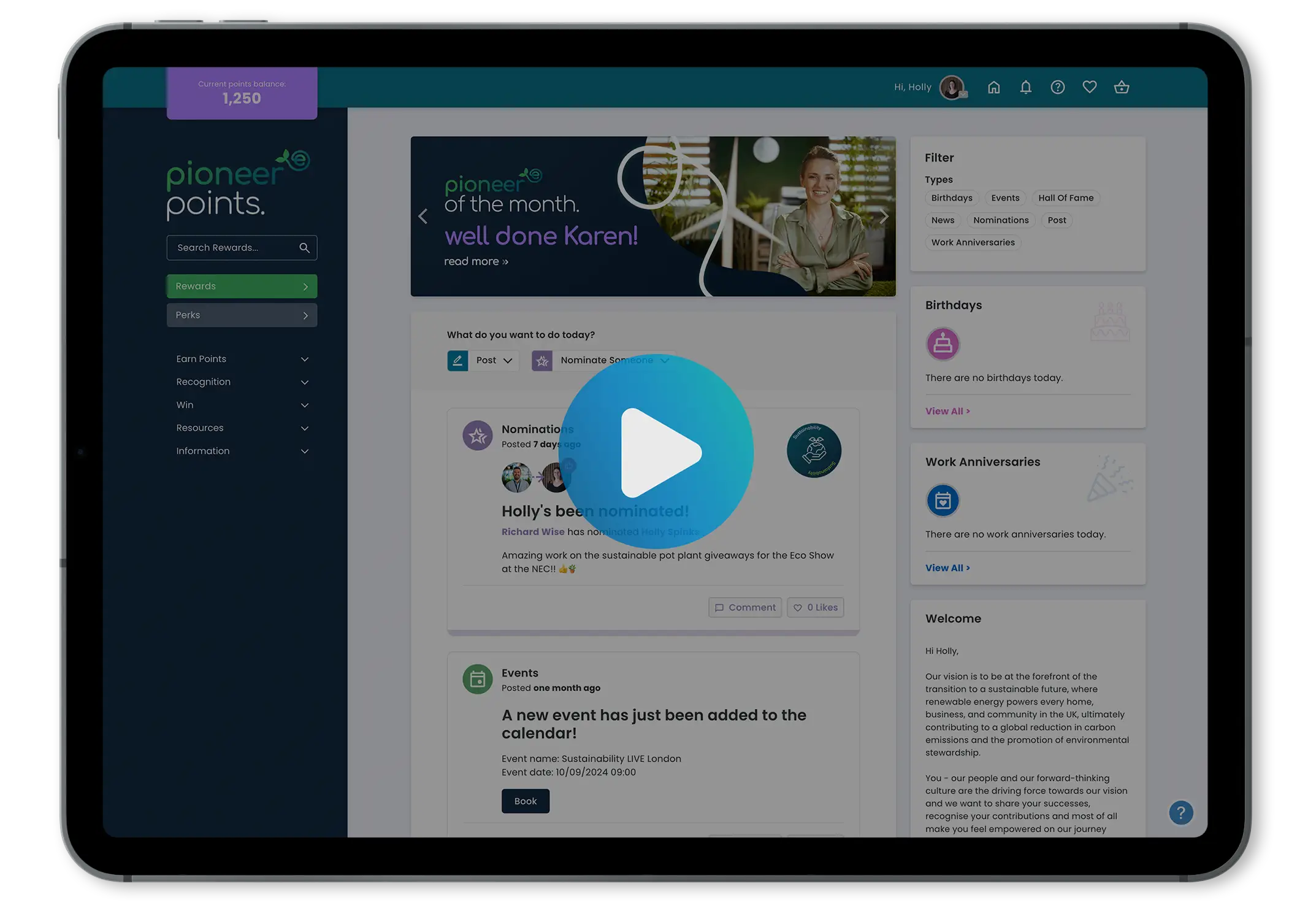


Knowing your audience helps you figure out so much. What birthday presents suit what person, what type of content the individual likes to read, what messages they care about, what their favourite chocolate is to help with the all important purchase of the Easter egg. And once you have an idea of what your target audience wants then you can more easily deliver a personalised and relevant experience you know what makes your audience…it’s so logical
Why? Because audiences know who they are and, more specifically, what enticed them towards you in the first place. If they came for ‘X’, but you suddenly start centring all of your B2B marketing efforts around ‘A’, then it’s far more likely that they lose interest than they suddenly flip 180° and start wanting, needing, and enthusiastically pursuing ‘A’. It would be great if the majority of customers acted like that, but customers aren’t made of soft clay – they can’t be formed and re-formed into new shapes accordingly.
You’ve got to ascertain, not establish their existing shape, and cater to every bit of information you glean, if you want to turn them into the best possible customers.
Customers
What You Know vs What You Need to Know
You already know the basics about every single customer you’ve taken on. By the time they become customers, they’ve already given a little away about their tastes and interests.
The guy buying gum chooses spearmint over peppermint, and wants to walk around safe in the knowledge that his breath is fresh. The guy making a chocolate cake chooses the high-grade high-quality cocoa knowing it will provide the best quality outcome he desires. The online customer who fills their basket with over 10 lines of plumbing equipment each week – you guessed it, predominantly has a good eye on all things water related.
But, when it comes to customer loyalty, this amount of information is simply not enough to know your customers and keep them with you. You’ve got to provide a reason for them to return based on appealing to THEM as an individual.
So, what else do you need to know? And, more to the point, what else can you know without bombarding your customers with survey requests every other day – when customers are not truly engaged with you, some stats suggest that the average response rate to a questionnaire is between 5% and 30% – not fantastic stats and not surprising if your customers have no depth of relationship with you.
So how do you learn more about your customers? Often the answer depends on the nature of your business, and on the interactions that you have with your customers, but it largely comes down to filling in the blanks – using your powers of inference and deduction and, ultimately, common sense. Data on customer spending habits can prove invaluable – the classic, ‘People who bought this product also bought this, this, and this’. When face to face with your customers, ask questions, glean information, build relationships, be interested and interesting.

It’s all about the complements (not the compliments)
Understand patterns of behaviour. Let’s look at an example from one of the big supermarket chains like Sainsbury’s and Tesco to put some context to this. They routinely send out tailored coupons to participants in their loyalty schemes – Nectar and Clubcard respectively – for products that complement the customer’s most frequent purchases. This goes a lot further than a coupon for their most frequent purchase since it encourages them to broaden their interests a little bit at a time, without feeling totally uncontextualized and random. The more those interests are broadened, the more options the retailer has for coupons, special offers, and targeted marketing.
Customers like to be introduced to new things – new products or services – but the approach needs to be nuanced, and built upon that gold standard of assets: customer data. If a customer has never purchased a shower unit before, then what’s the value of sending them information on shower heads or shower doors?
For that reason alone, it doesn’t make good sense to send out information haphazardly. Even if you take the scattergun approach, sending your customers 20 ‘random’ offers instead of 5 targeted offers, in the hope that something will land, there’s a good chance they’ll start to feel frustrated and worse still sign off totally from you. What use is a trolley full of benefits if none of them benefit you? Little by little, trying to attract customers to that kind of business will feel like something of a fool’s game, not worth the hassle of driving the extra 10 minutes down the road.
When you are starting this journey look to the information you have and draw out a logical customer journey. Your sales team will know what this is instinctively. If you are looking to grow your business look deeper into your existing customer purchasing habits that you already have within your systems, and make it a point to start tracking this better than ever before. Taking time out to review what you have already rather than rush into providing the next shiny offer, will pay dividends.
One customers reward is another customers shrug-and-move-on
The other side of the coin is knowing how to reward your customers. At the outset you don’t need to know what lies in their heart-of-hearts, but you do need to know how to put together a strong enough reward or incentive offer that customers will find inspiring which makes them return to you, and feel enthusiastic about your brand.
At Incentivesmart this is something we have devoted a lot of time and research to – finding rewards for all matter, and ensuring we provide relevance, variety, value, and imagination for all our customer loyalty programme users.
Remember: your goal is to reward customers with items and experiences that are memorable and, ultimately, desirable. For that, you need to invest time into understanding them, and what makes them tick and what rewards they find desirable which become memorable. For all that, and more, we’ve got you covered.

Knowing your audience means KNOWING your audience (not guessing)
Every member of every group created, at the end of the day, a consumer, and a consumer is a complex thing. No two consumers are exactly the same, but all consumers – whatever the industry, or whether you’re looking at B2B, B2C and employees (really important to note this) – share a number of key traits that you need to understand inside-and-out if you want to truly cater to your audience.
Now more than ever before, consumers have short attention spans. Why is Amazon so successful? Because when a consumer sees a need, (or even when they don’t see it but stumble upon it) they fill that need, quickly, efficiently and with great communication throughout.
For that reason, all contact and touch points need to hit the nail on the head. Simple, quick and easy to digest with clear calls to actions to drive the audience closer to you. It really is an art form these days and not something to be dismissed if you want to achieve that stickiness you so desire.
And once you’ve captured their attention, rewarding them for this and their actions thereafter is key. Keep that part easy to use; the ‘rules’ of taking part in the ‘incentive’ have to be clear & simple, or you will fail to capture any interest.
Knowing how to reward is just as important as knowing what to reward with, and it’s all underpinned by a basic understanding of behavioural science – knowing how to get those happy chemicals pumping through your customers’ brains when they think of you.
But what about the other audience? Once just as fundamental to the business’s success and growth, just on the other side of the coin…
Employees
What you need to know
You don’t need us to tell you that employees serve a very different purpose for the business to the one served by its customers. The fact you have to recognise is the two keep one another in balance – to establish a loyal customer base, you need to have an engaged and enthusiastic workforce, and for that you need to know the audience in the stalls just as much as the other audience up in the circle.
After all, your ultimate goal is the same: to keep retention high and reduce churn. And four key components to achieving this can be established through:
- Long-term loyalty
- Enthusiasm and passion
- Engagement
- An emotional connection
The best and most cost-effective employees are, generally, the existing ones you already have. And as we’ve established, the best way to boost retention in customers, which is exactly the same with employees, is from understanding your audience and rewarding loyalty through regular, worthwhile recognition.
Recent research published by Gallup found that recognition can boost employee engagement by up to 400% — which can, in turn, transform the customer experience – as well as making it 5x more likely that employees will see a clear pathway for growth and development within your business.

Knowing how to incentivise
At Incentivesmart, we have seen plenty of businesses incentivise their workforces and channels without resorting to the uneconomical obvious choice. But you can’t just replace cash-based commission with anything – employees are consumers to the business, and they require just as much relevancy and value-for-effort as customers if you’re going to get the very most in return.
But let’s take a moment to understand that a fitting reward will be remembered longer, appreciated more, and generally lead to a better emotional response, because, when it comes to rewarding, you can’t just chalk it up to that old favourite saying: “It’s the thought that counts”. Rewards and recognition must be relevant to the time and effort taken to make the action in the first place. But this has to be a happy marriage and that can only be achieved alongside knowing your audience to achieve clarity on where recognition trumps reward. The key to the long term marriage is knowing where and when reward becomes the most appropriate form of outcome.
Learn from Rewards
Part of the reason why establishing a consistent rewarding structure with clear rules for giving those rewards is so important is that it creates a feedback loop – a cycle of improvement and reflection that allows you to get to know your employees on a deeper and deeper level.
Beyond improved performance and improved employee satisfaction, you can expect to gain a clear understanding of what rewards impact performance positively, and with whom.
To gain this insight, however, you need to ensure communicating performance objectives are prioritised. If employees (and customers alike actually) are unsure how rewards are distributed – if it feels to them as though rewards are given on a subjective basis – they won’t engage with the programme as you need them to. And, if the parameters of the incentive programme are unclear, your ability to reflect on its successes – that all-important ROI – will be much harder.

Know your audiences
There’s no such thing as a universally perfect reward, just as there’s no such thing as a universally perfect gift, joke, book, or cup of tea. That doesn’t mean that, in order to incentivise your customers and workforce and realise their full potential, you have to invest into a different reward for each and every one of them. You needn’t go trawling through their social media, talking to their nearest and dearest, writing and rewriting lists of potential rewards until you hit upon one that is as impressive as it is sentimental, useful, and wanted. But you do need to offer appeal and to do that you have to know how to open their minds.
Ultimately, it comes down to (as we keep saying), understanding your audience. When you have that strong foundational knowledge, you can continue to build upon it, including adding your own, specialised understanding of your market/business. Without that initial understanding, you’ll simply struggle to get yourself off the ground.
It seems like this is a long journey – and to be fair it’s an ongoing journey but something we’ve spent years understanding and developing solutions for.
You don’t have to tackle it alone – you just need to understand that this is the start of a journey that you are willing to get on board with, and we’ll take the steering wheel from there. That’s what we do – we help you build rewarding relationships.



![How to keep customers coming back for more{{ include_custom_fonts({"Poppins":["Semi Bold"]}) }}](https://no-cache.hubspot.com/cta/default/5921162/interactive-188375258646.png)





